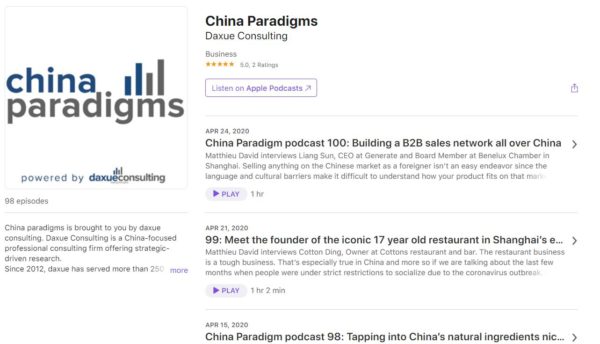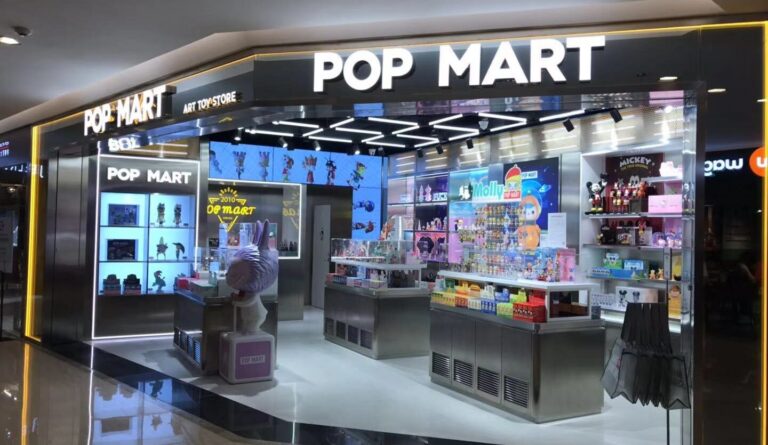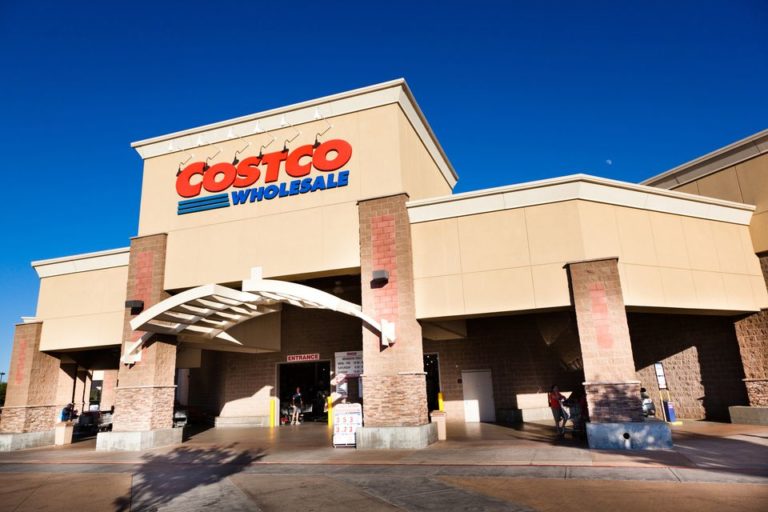While China is one of the nations that were able to recover the quickest from the pandemic, the Chinese economy still has largely suffered from the supply chain disruptions, regional lockdowns and a drop of international demand caused by the pandemic. Some sectors were mostly unscathed by the pandemic, retail in China was not one of them. In a time when the Chinese government wants to promote its’ domestic economy, some foreign markets are becoming more hostile. In order to boost consumption in China, Chinese authorities designated May as national consumption month. Nationwide sales, festivals and expos are expected to take place to help the economy recover.
The pandemic affected the economy across all fields, but retail particularly suffered
Like in many countries, the COVID-19 pandemic had a serious impact on the Chinese economy and consumption in China. For the first time since it started to record its’ evolution, Chinese GDP has experienced negative growth in Q1 2020 as the economy was suffering from strict lockdown measures to curb down the spread of the virus. Some sectors were more impacted than others.
Notably, the Chinese tourism industry saw a 52% drop in revenue and 43% drop in visits. Retail in China was also affected with a 20.5% negative year-on-year growth rate for the period of January to February 2020. Other industries like the civil aviation, semi-conductors and restaurants and food services were also badly hit by the crisis. While some sectors from the stay-at-home economy in China benefited from the pandemic, the crisis has overall been hard on the Chinese economy and particularly on the retail sector, which the Chinese government now seek to stimulate.
To learn more about the impact of the coronavirus pandemic in China, read our article about the impact of the pandemic on consumption in China
A rebound in consumption is helping the Chinese economy to recover
Despite the hurdles of the pandemic, the Chinese economy has managed one of the best post covid recoveries worldwide. The Chinese economy grew a record 18.3% in the Q1 2021 compared to the same quarter last year, the largest ever-recorded jump in GDP for the country since 1992. Chinese industrial output for March 2021 were up 14.1% on a year-on-year basis, while retail in China grew 34.2%. This growth is however to be put in perspective, as 2021 numbers are compared to 2020’s economic contraction.
Nevertheless, companies remain hopeful even in the worst hit sectors such as the real estate industry. This fast recovery is largely credited to strict containment measures during the pandemic and emergency relief for businesses, but also surging retail sales and strong industrial production motivated by rising foreign demand. Confident in the Chinese economy, the CCP, who had given up on setting an economic growth target for 2020, aims for a 6% growth in 2021.

Source: Chinese National Bureau of Statistics. The Chinese economy has been able to recover from the pandemic, but some sectors like retail and real estate still suffer from the crisis.
Authorities launch a month-long campaign to boost consumption in China
The initiative aims at mending the battered retail sector
In an effort to continue on its’ post covid recovery and encourage consumption, China is launching a series of promotional activities this month to boost spending. Starting May 1st, the Chinese government is kicking off a month-long nationwide spending campaign through a series of promotional events. These events include car shows, food and shopping festivals, and month-long sales across all the country.
According to the Chinese Ministry of Commerce, 260 E-commerce platforms among which Taobao and JD will also participate with sales and coupon raffles. Expanding domestic consumption in China has been a priority for the CCP, not only to ensure a fast post COVID recovery for the Chinese economy but also to stay in line with the Dual Circulation economic strategy. First unveiled by Xi Jinping in May 2020, it aims to boost domestic consumption to ensure more self-sufficiency in the Chinese economy. It is called “Dual” Circulation because the development of domestic cycles must not, in principle, be made at the expense of international trade, of which Beijing is still a strong advocate.
The China International Consumer Products Expo at the forefront of the government’s campaign
The first China International Consumer Products Expo is set take place from May 7 to 10 in Haikou, the capital of the province of Hainan. Co-hosted by China’s Ministry of Commerce and the Hainan provincial government, the expo is expected to become the largest boutique exhibition in the Asia-Pacific region. The event is the poster boy of the efforts of the Chinese government to boost the Chinese economy but also embodies the concept of Dual Circulation. Indeed, three quarters of the 80,000 square meter exhibition area will be dedicated to 1,200 international brands from 69 countries. The rest will be occupied by 800 domestic companies including Huawei, BYD and Moutai. 10,000 merchants and over 200,000 visitors are expected to attend the event.

Image: Xinhua. Consumption in China is expected to rise in May, encouraged by the government’s campaign.
What should brands know about May national consumption month in China?
- Retail in China, which suffered during the pandemic, has already rebound with a year-on-year growth rate of 34.2% on the first quarter of 2021.
- Coupled with the government’s campaign in May, consumption in China is expected to rise this month as incentive programs will take place in stores and online.
- Although domestic brands have been on the rise in recent years, foreign brands remain popular, especially in the luxury industry.
- Online platforms such as JD and Alibaba are great tools to promote foreign brands as young Chinese consumers are the primary target for them.
Author: Camille Gaujacq
Learn something new? Stay updated on the Chinese market by following our WeChat, scan the QR code below, or subscribe to our newsletter

Listen to over 100 China entrepreneur stories on China Paradigms, the China business podcast
Listen to China Paradigm on Apple Podcast






